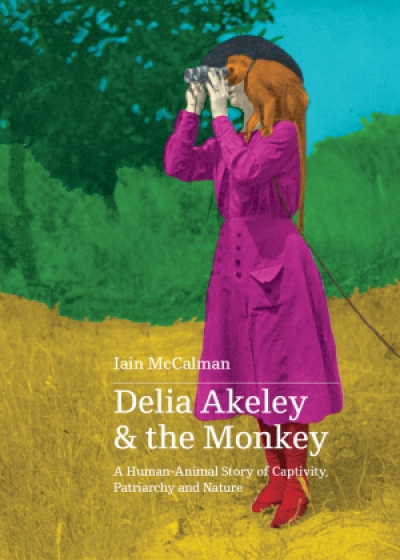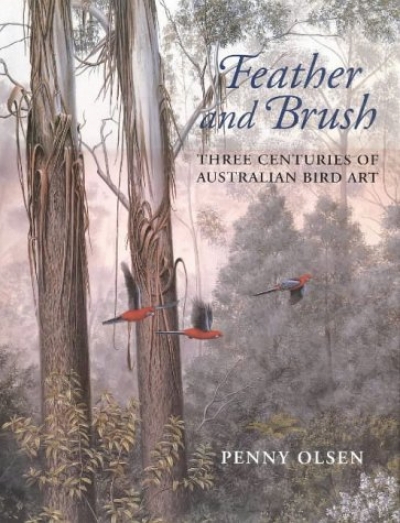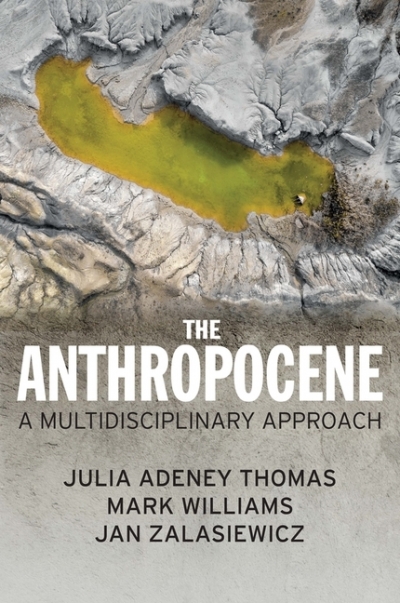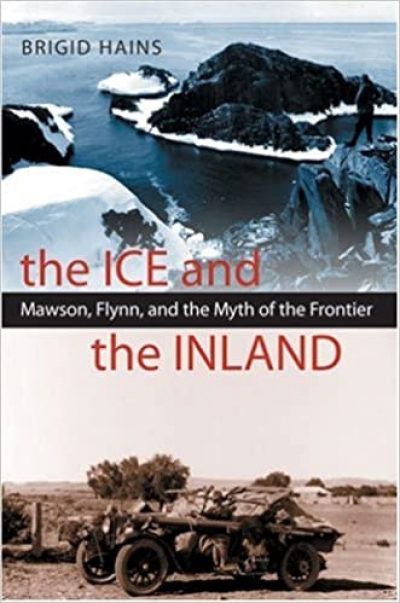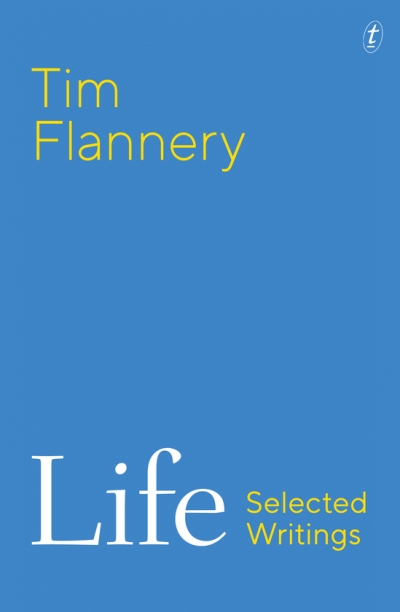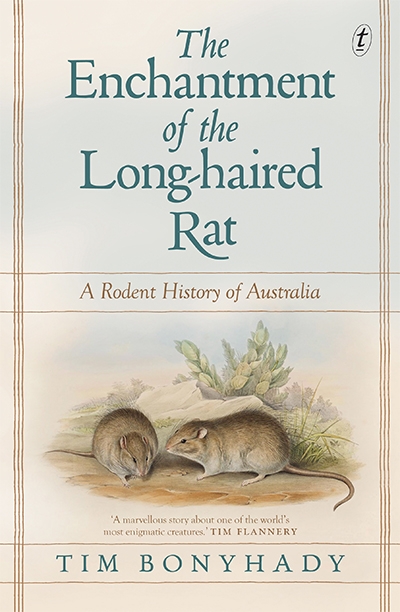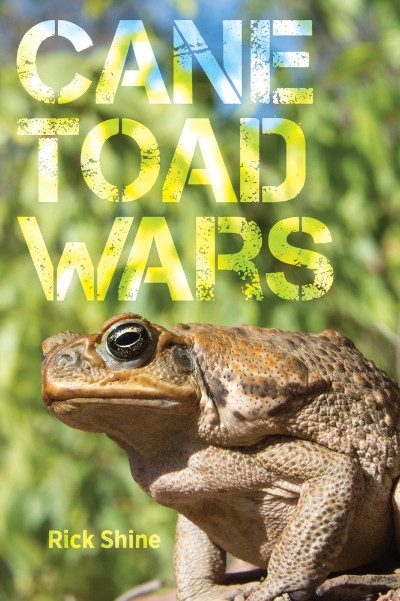Libby Robin
Libby Robin FAHA is an independent environmental humanities scholar. As Curator-at-Large, she works with museums in Australia, Germany, Estonia and Norway, and with the Museums and Climate Change Network. Her books include How a Continent Created a Nation (2007), The Flight of the Emu (2001) and (co-edited with Jenny Newell and Kirsten Wehner), Curating the Future (2017). Her most recent book is The Environment: A history of the idea (co-authored with Paul Warde and Sverker Sörlin). She represents the Australian Academy of Humanities for the ACOLA project Australian Energy Transition Research Plan.
Gilbert White, in 1789, declared that ‘the language of birds is very ancient and, like other ancient modes of speech, very elliptical: little is said, but much is meant and understood’. How then to portray the speakers of such language? How to give them meaning and understanding as well as plumage?
... (read more)
When fourteen-year-old Dara McAnulty penned a diary entry on 7 August 2018, his grief poured out in stanzas. He felt an acute need for ‘birdsong, abundant fluttering / humming, no more poison, destruction. / Growing for growth, it has to end.’ One month later, he took these words to the People’s Walk for Wildlife in London: ‘I call it a poem but I am not sure it is. I feel it would be good ... (read more)
Australia’s frontier legend is alive and well, as is John Flynn’s contribution to it in these two new books. In Australia’s Flying Doctors, Richard Woldendorp’s glorious photographs celebrate a medical service that reaches about eighty per cent of the vast Australian landmass. They are complemented by Roger McDonald’s economical personal vignettes of outback spirit.
The outback frontier ... (read more)
One of the pleasures of reviewing a book is reading it slowly, paying attention to the rhythms and its author’s intentions, impulses, and indulgences. Reading is always a conversation between writer and reader. A major collection like Life: Selected writings takes this experience to a new level. This is not just a conversation between a writer now and a reader now, but a writer then, his choices ... (read more)
The enchanting of rats has a long history. The Pied Piper, who enchanted first the rats then the children of Hamelin, is familiar to European readers. Here, Tim Bonyhady brings us a new story of rat enchantment by the Diyari and the Yandruwandha people in the eastern Lake Eyre basin. According to explorer Edwin Welch, they sang ‘in low, weird and dirge-like tones’ that drew the rodents from th ... (read more)
Cane Toads are peculiarly Australian. They don’t belong, yet they thrive here. They breed unnaturally fast – even faster than rabbits. They are ugly, ecosystem-changing, and despised. Introduced in 1935 to eat the pests of sugar cane in Queensland, their numbers have exploded right across Australia’s tropical north. They are famously ‘unnatural’, since Mark Lewis’s popular 1988 film Ca ... (read more)


